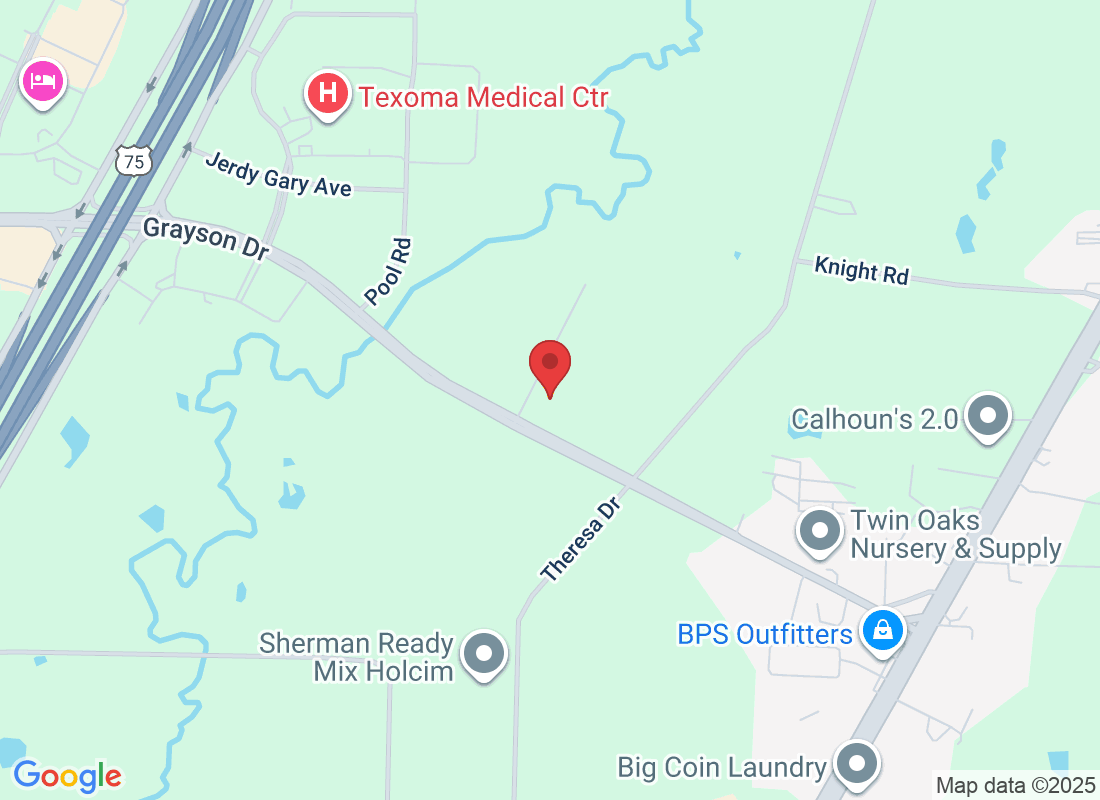
Achilles Tendon Pain: Common Causes and How to Treat It
The Achilles tendon is the strongest tendon in your body. It connects your calf muscles to your heel bone and plays a key role every time you walk, run, or jump. But when this tendon becomes irritated or injured, even simple movements can feel painful.
If you’re experiencing Achilles tendon pain, you’re not alone—it’s one of the most common foot and ankle problems. The good news is that with the right care, most people recover fully. Let’s explore the common causes of Achilles tendon pain and how to treat it.
Common Causes of Achilles Tendon Pain
Achilles Tendonitis
Inflammation of the tendon, often caused by overuse.
Common in people who suddenly increase their activity level.
Achilles Tendinosis
Chronic degeneration of the tendon without much inflammation.
Often seen in long-term overuse or untreated tendonitis.
Achilles Tendon Tear or Rupture
A partial or complete tear, usually from a sudden force like jumping or sprinting.
Often described as feeling like being “kicked” in the back of the ankle.
Tight Calf Muscles
Limited flexibility puts extra strain on the Achilles tendon.
Poor Foot Mechanics
Flat feet or high arches can alter the way your foot absorbs stress, leading to tendon problems.
Improper Footwear
Shoes without good support or worn-out soles can increase stress on the tendon.
Symptoms to Watch For
Pain and stiffness in the back of the ankle, especially in the morning
Swelling or tenderness along the tendon
Pain that worsens with activity and improves with rest
A popping sound or sudden sharp pain (possible rupture)
How to Treat Achilles Tendon Pain
At-Home Care
Rest: Avoid activities that aggravate pain.
Ice: Apply ice packs to reduce swelling.
Stretching: Gentle calf stretches help relieve tightness.
Supportive shoes: Choose footwear with cushioning and stability.
Professional Treatment
If pain doesn’t improve in a couple of weeks, it’s time to see a podiatrist. Treatment may include:
Physical therapy to strengthen and stretch the tendon
Custom orthotics to correct foot mechanics and reduce strain
Anti-inflammatory medications for pain and swelling
Heel lifts or braces to take pressure off the tendon
Advanced treatments like shockwave therapy or laser therapy for stubborn cases
Surgery (only for severe tears or ruptures)
Preventing Future Achilles Pain
Warm up and stretch before exercise
Increase activity levels gradually
Wear supportive shoes, especially for sports
Maintain calf flexibility with regular stretching
The Bottom Line
Achilles tendon pain can interfere with daily life, but it doesn’t have to. Most cases respond well to early treatment and simple changes in activity or footwear. The key is not to ignore it—waiting too long can turn a minor irritation into a serious injury.
At Foot and Ankle Texas, we help patients every day recover from Achilles tendon pain and return to the activities they love. If your ankle or heel is slowing you down, we’re here to help you get back on your feet pain-free.



